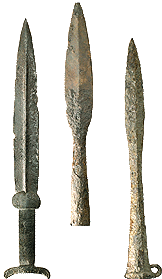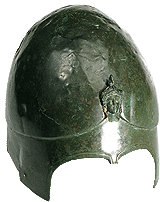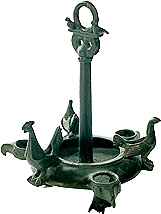Iron Age and Antiquity
(last centuries of 2nd millennium B.C. – first centuries of 1st millennium A.D.)
The beginning of the Iron Age in the area between Prut and Dniester is considered in the pan-European context of “hallstattization” of material and spiritual culture of the population – phenomena, which started in the last centuries of the 2nd millennium B.C. and completed in the first centuries of the 1st millennium A.D.
The framework of the Iron Age includes several large periods. The first one is the period of Thracian Hallstatt represented by the cultures of Cisinau-Corlateni, Saharna-Solonceni-Cozia, and Soldanesti-Basarabi type. This period is characterized by the pottery ornamented with grooves and incisions. Bronze items were widespread. In the period of hallstattization of the East-Carpathian forest-steppe regions, in the steppe areas the nomadic cattle-breeders dominated (the Belozerca culture). The Cimmerians often penetrated in their environment (9th – 7th centuries B.C.). By the middle of the 7th century B.C. the Scythian tribes appear in the region. Vestiges of their material culture can be found mainly in the funeral complexes.
The period of Hallstatt is important for the fact that it laid the foundation of the Getae-Dacian culture that existed in the 6th – 1st centuries B.C. The number of the archaeological sites attributed to the Getae at present amounts to 250. The Getae settlements and fortresses were fortified with ramparts and moats. Fortifications were found in different localities, of which Trebujeni, Butuceni, Saharna Mare and Saharna Mica, Stolniceni, and Mascati are the most representative ones. The predominant funeral rite was incineration. Material culture of the Getae includes pottery, tools and weapons made of bronze and iron, buckles, bracelets, mirrors, glass beads. Discoveries of coins and coin hoards testify to the existence of economic relations with the Greek world.
The presence of these cultural and economic contacts with the population of North-Pontic Greek colonies since the middle of the 1st millennium B.C. is supported by the discovery of imported items, such as amphorae, beautiful vessels, and gold jewellery, at the settlements and necropolises. Greek amphorae constitute the largest group of the imported items. They have allowed identifying of the production centres, which exported goods, especially wine and olive oil, to the region. The museum collection contains the amphorae produced in the Greek poleis of Chios, Lesbos, Samos, Thasos, Heraclea, Tauric Chersonese, Sinope, etc. The earliest objects date from the late 6th century B.C., and the latest ones date from the early 2nd century B.C.
A significant group of Greek artefacts consists of black-glazed vessels (kantharos, kylix, skyphos, bowl, fish-plate, lekythos). The earliest ones date from the late 5th century B.C. The red-figure pelike with representations of the Greek mythical personages found in the tumulus 1 from Manta, the golden necklace from the tumulus 5 from Dubasari, and the Olanesti hoard are the real pearls of the museum collection. In the last centuries of the 1st millennium B.C., from the northwest Germanic tribes of the Bastarnians penetrate to the region. Since the 1st century B.C. from the east towards the Prut-Dniester area there was advancing a new wave of cattle-breeders – the Sarmatian tribes, which had many imported Roman objects in their material culture.
The end of armed confrontations with the Roman Empire in 105 – 106 signified the acceleration of Romanization of the local population, the adoption of different forms of material culture and spiritual life. Vestiges of the free Dacians, investigated in the recent years, are significant in this sense.
One of the most representative cultural and historical phenomena of the first centuries A.D. was the Santana de Mures – Chernyakhov culture. There are known hundreds of settlements and necropolises with a large variety of material: vessels of different shapes; gold and silver jewellery; bone, glass, bronze, and iron items.
With the bearers of this culture the era of the great migrations of peoples begins. After them came the Huns, Slavs, Hungarians, Pechenegs, Kumans, Mongols, which were staying in the territory for a long or short time.
| -4- |
| |
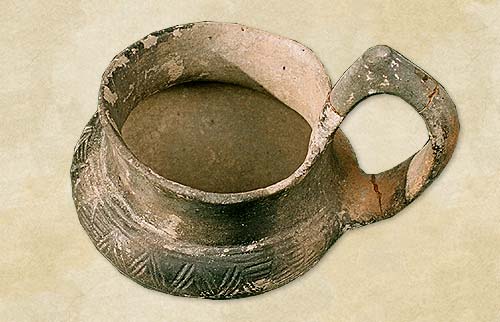
|
| |
|
| -5- |
| |

|
| |
|
| -6- |
| |
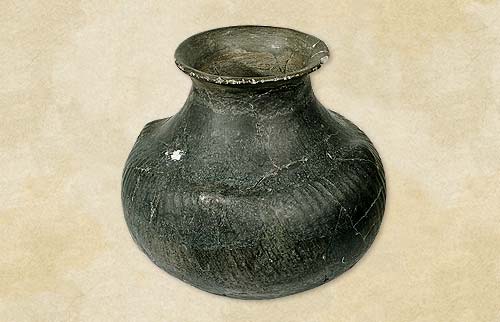
|
| |
|
| -7- |
| |
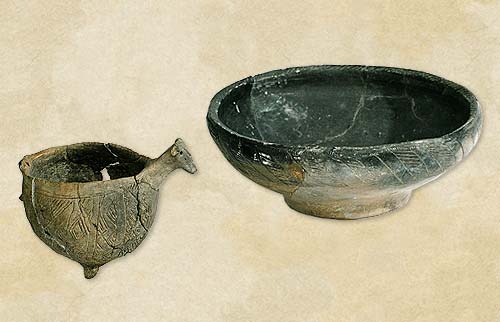
|
| |
|
| -8- |
| |
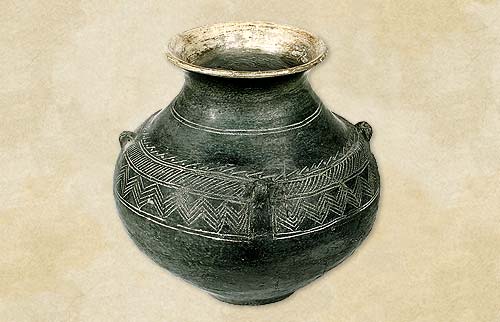
|
| |
|
| -9- |
| |

|
| |
|
| -10- |
| |
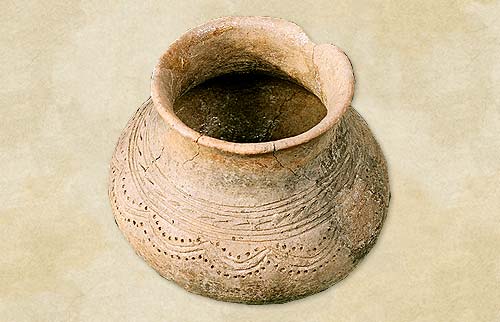
|
| |
|
| -11- |
| |
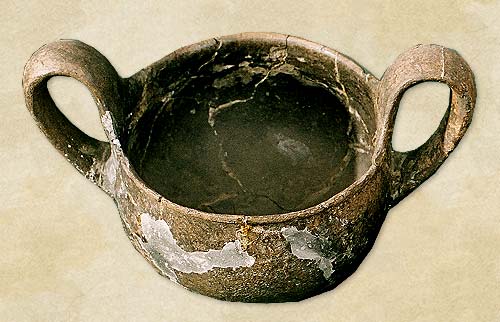
|
| |
|
| -12- |
| |
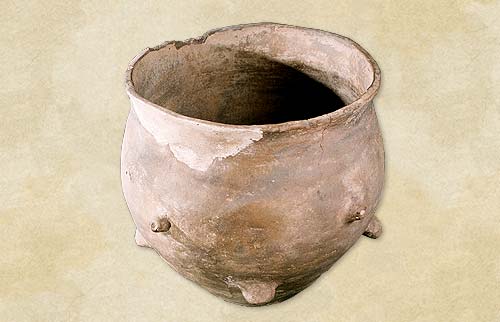
|
| |
|
| -13- |
| |
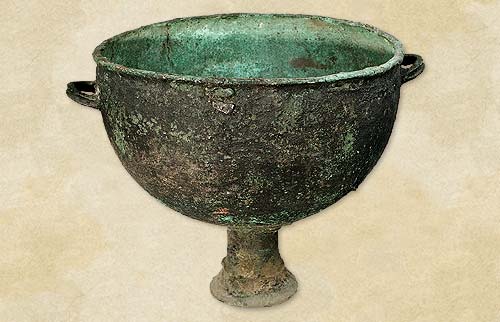
|
| |
|
| -14- |
| |
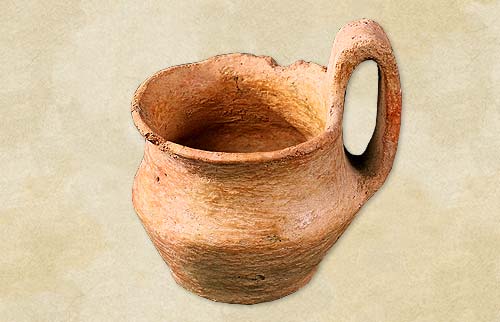
|
| |
|
| -15- |
| |
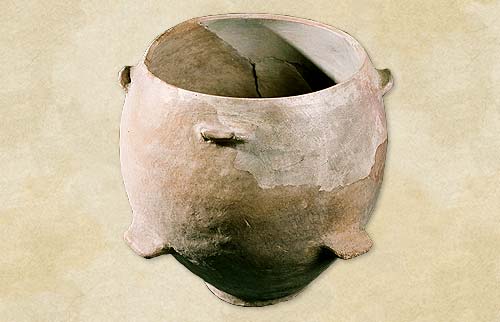
|
| |
|
| -16- |
| |
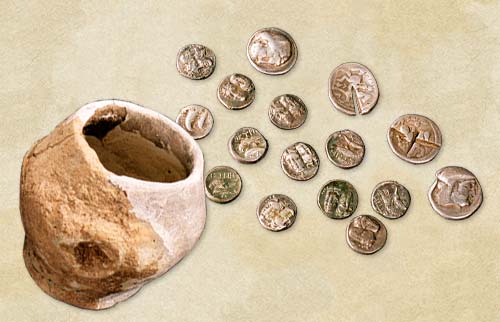
|
| |
|
| -17- |
| |
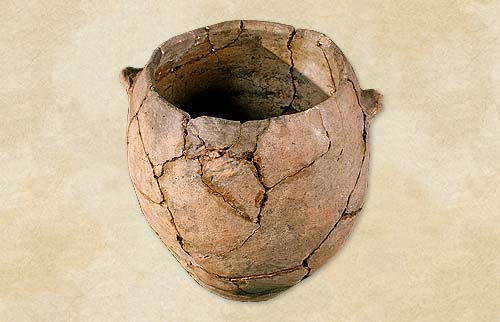
|
| |
|
| -18- |
| |
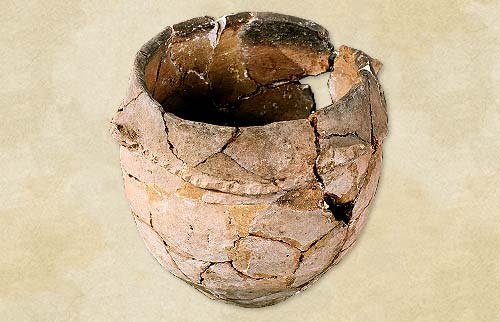
|
| |
|
| -19- |
| |
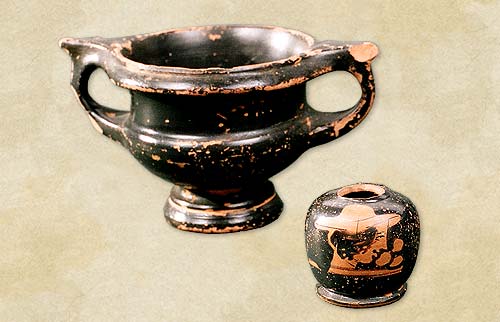
|
| |
|
| -20- |
| |
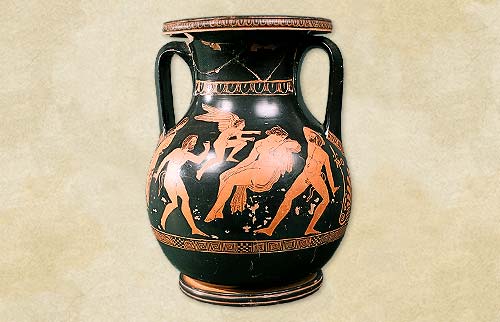
|
| |
|
| -21- |
| |
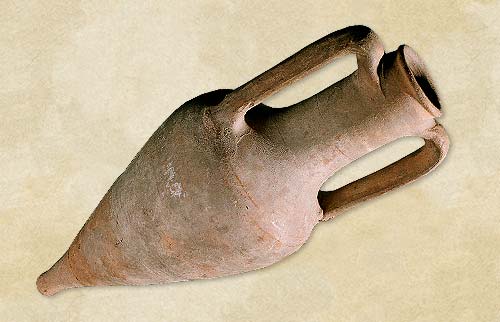
|
| |
|
| -22- |
| |
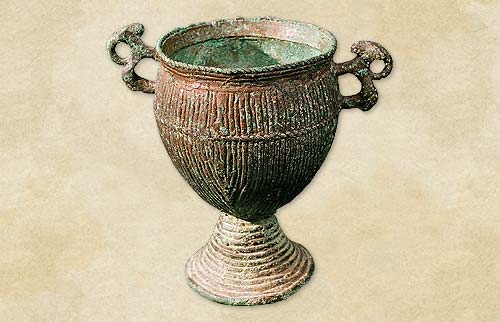
|
| |
|
| -23- |
| |
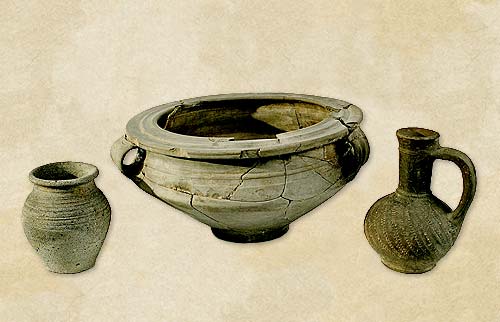
|
| |
|








